For fitness enthusiasts seeking a fun and effective workout, electric bikes provide an enticing option. But one question remains for many fitness enthusiasts: How many calories can you burn riding an e-bike? In this comprehensive guide on e bike calories burned, we'll explore the calorie-burning potential of e-bikes, factors that influence calorie expenditure, and additional health benefits of using an e-bike.

Can I Burn Calories When Riding an Electric Bike?
Absolutely, riding an electric bike can help you burn calories. While e-bikes offer motor assistance, they still require physical exertion, particularly if you choose to pedal along with the motor. This means that even though you're getting a boost from the motor, you're still engaging your muscles and expending energy.
The amount of calories you burn while riding an e-bike depends on various factors, such as your riding speed, the terrain you're riding on, and how much assistance you're using, etc. For example, riding at a faster pace or on hilly terrain will typically burn more calories than riding at a leisurely pace on flat ground. Similarly, using less motor assistance will require more effort from you and result in a higher calorie burn.
So, if you're wondering, "Does e bike burn calories?" the answer is yes.
How Many Calories Can I Burn Riding an Electric Bike?
On average, a person can burn between 100 to 450 calories per hour while riding an e-bike. For a more precise estimate, consider these general guidelines:
- Light Effort (mostly using motor assistance): 100-200 calories per hour
- Moderate Effort (balanced pedaling and motor assistance): 200-300 calories per hour
- High Effort (minimal motor assistance, more pedaling): 300-450+ calories per hour
These estimates can vary based on individual characteristics and riding conditions. Factors such as riding speed, time, rider's weight, terrain type, assistance level, and diet all play a crucial role in determining the exact number of calories burned. We'll discuss these different factors in detail in the following sections to help you understand how to maximize your calorie burn while riding an e-bike.
What Factors Affect Calorie Burning While Riding?

When riding an electric bike, several factors influence the number of calories burned. Understanding these factors can help you tailor your rides to maximize your fitness benefits.
Riding Speed
The speed at which you ride significantly affects calorie burn. Generally, the faster you ride, the more effort is required, leading to more calories being burned. For instance, riding at a moderate pace of 12-14 mph can burn around 300-450 calories per hour, whereas increasing your speed to 16-19 mph can elevate your calorie burn to approximately 450-600 calories per hour.
Riding Time
The duration of your ride is directly proportional to the number of calories burned. Longer rides result in higher calorie expenditure. For example, a 30-minute moderate cycling session might burn around 200-225 calories, while extending the ride to an hour can burn approximately 400-450 calories. Consistently extending your riding time, even at a moderate pace, can help you achieve substantial calorie burn over time.
Rider's Weight
Your body weight plays a crucial role in determining the number of calories burned. Heavier individuals tend to burn more calories than lighter individuals because it takes more energy to move a larger body mass. For example, a 120-pound person might burn about 114 calories for ten minutes running whereas a 180-pound person could burn around 170 This means a heavier person will expend more calories during the same duration and intensity of riding compared to a lighter person.
Terrain Type
The type of terrain you ride on greatly impacts calorie burning. Riding on flat terrain generally requires less effort compared to hilly or off-road terrains. For instance, a flat ride might burn around 300 calories per hour, while riding uphill or on rough terrain can increase the calorie burn to approximately 400-600 calories per hour or even more. Climbing hills or navigating uneven paths engages more muscle groups and requires more energy, thereby increasing calorie expenditure.
Assistance Level
The level of motor assistance on your e-bike determines how much effort you need to put in. Lower levels of assistance require more pedaling effort, resulting in higher calorie burn. For example, using minimal assistance might help you burn around 450-600 calories per hour, while higher levels of assistance could reduce the calorie burn to about 200-300 calories per hour. By adjusting the level of assistance, you can control the intensity of your ride and optimize your calorie burn.
Diet
Your diet can influence how many calories you burn during your rides. Proper nutrition provides the necessary energy for physical activity. Eating a balanced diet with adequate protein can help you feel more satisfied and potentially consume more calories overall. For instance, consuming more protein can result in about 24% of the calories being lost as heat during digestion. Staying hydrated and consuming the right nutrients can enhance your performance and support your calorie-burning efforts. Consulting a dietitian can help you tailor your diet to complement your fitness goals and maximize the benefits of your e-bike workouts.
Conclusion
Electric bikes offer a fun and efficient way to burn calories and improve fitness. While the motor assistance makes riding easier, you can increase your calorie burn by adjusting your riding intensity and duration. With a bit of effort and strategic planning, you can make the most of your e-bike workouts and maximize the e bike calories burned.
FAQ
Are There Any Health Benefits to Riding an E-bike Besides Burning Calories?
Yes, riding an e-bike offers several health benefits beyond calorie burning. These include:
Cardiovascular Health: Regular e-bike rides can improve heart health by increasing heart rate and promoting better circulation.
Mental Well-being: Cycling has been shown to reduce stress, anxiety, and depression, and riding an e-bike can offer the same mental health benefits.
Muscle Strength: E-bike riding engages various muscle groups, helping to strengthen and tone your legs, core, and upper body.
Joint Health: E-biking is a low-impact exercise, making it gentle on the joints while still providing a good workout.
Additionally, riding an e-bike allows you to enjoy the outdoors and get some fresh air, which can further enhance your overall well-being.
How Many Calories Can You Burn on an E-bike Compared to a Regular Bike?
Calorie burn on an e-bike can be slightly lower compared to a regular bike, primarily due to the motor assistance. However, the difference may not be as significant as one might think. With moderate to high effort, e-bike riders can burn a similar number of calories to regular cyclists. The key is to minimize motor assistance and maximize pedaling effort. On average, riding an e-bike at moderate intensity can burn 200-300 calories per hour, while traditional cycling may burn 250-350 calories per hour


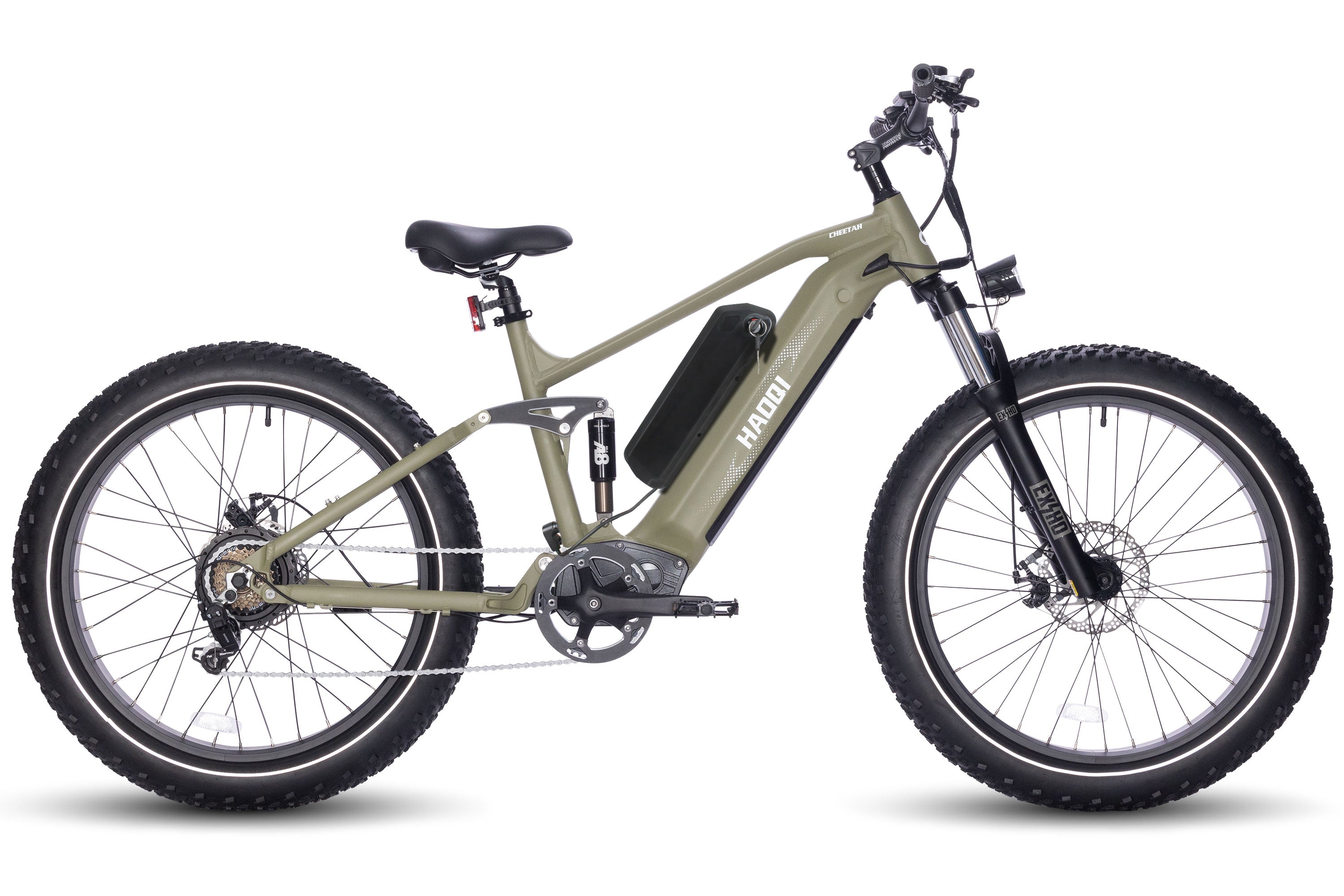
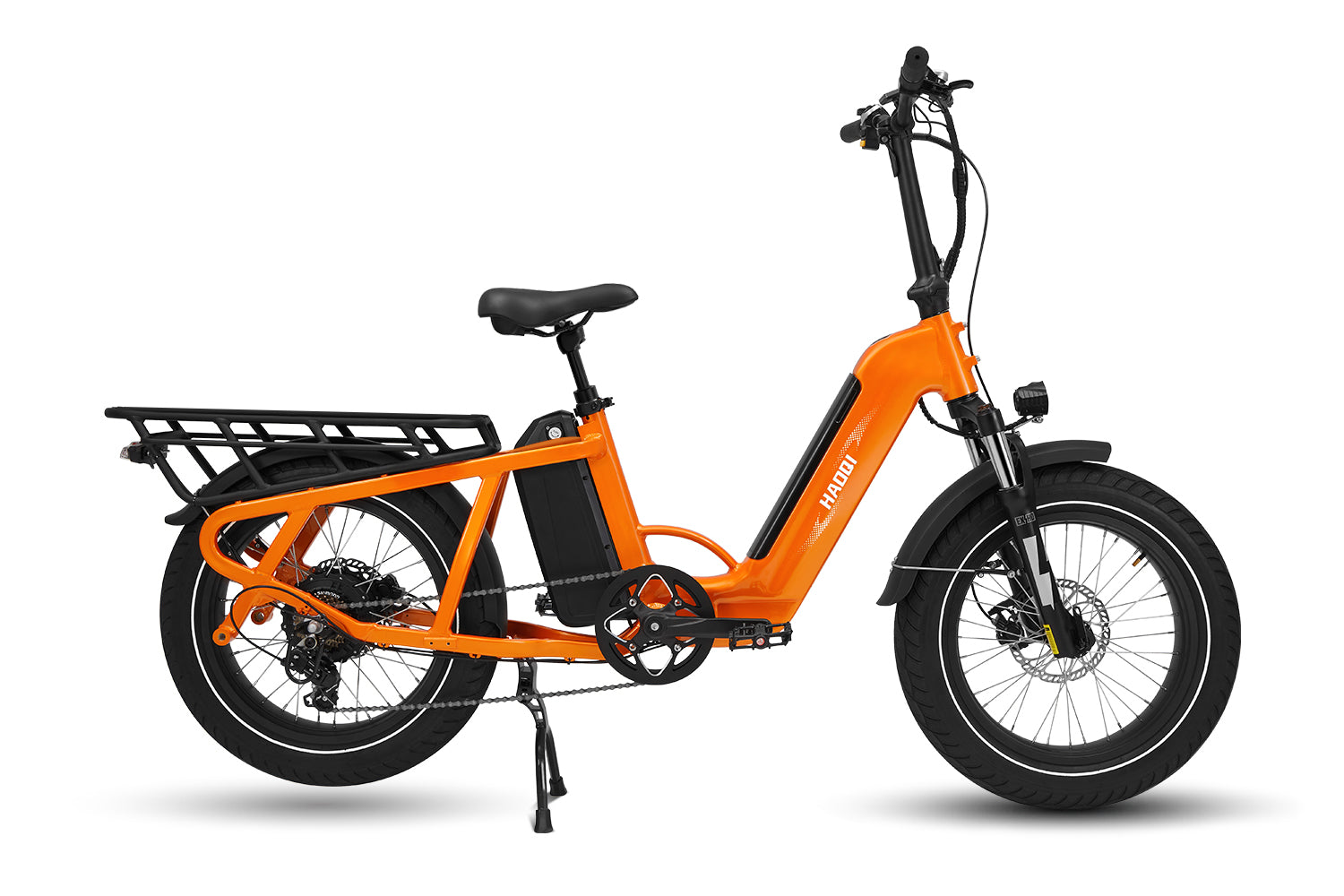
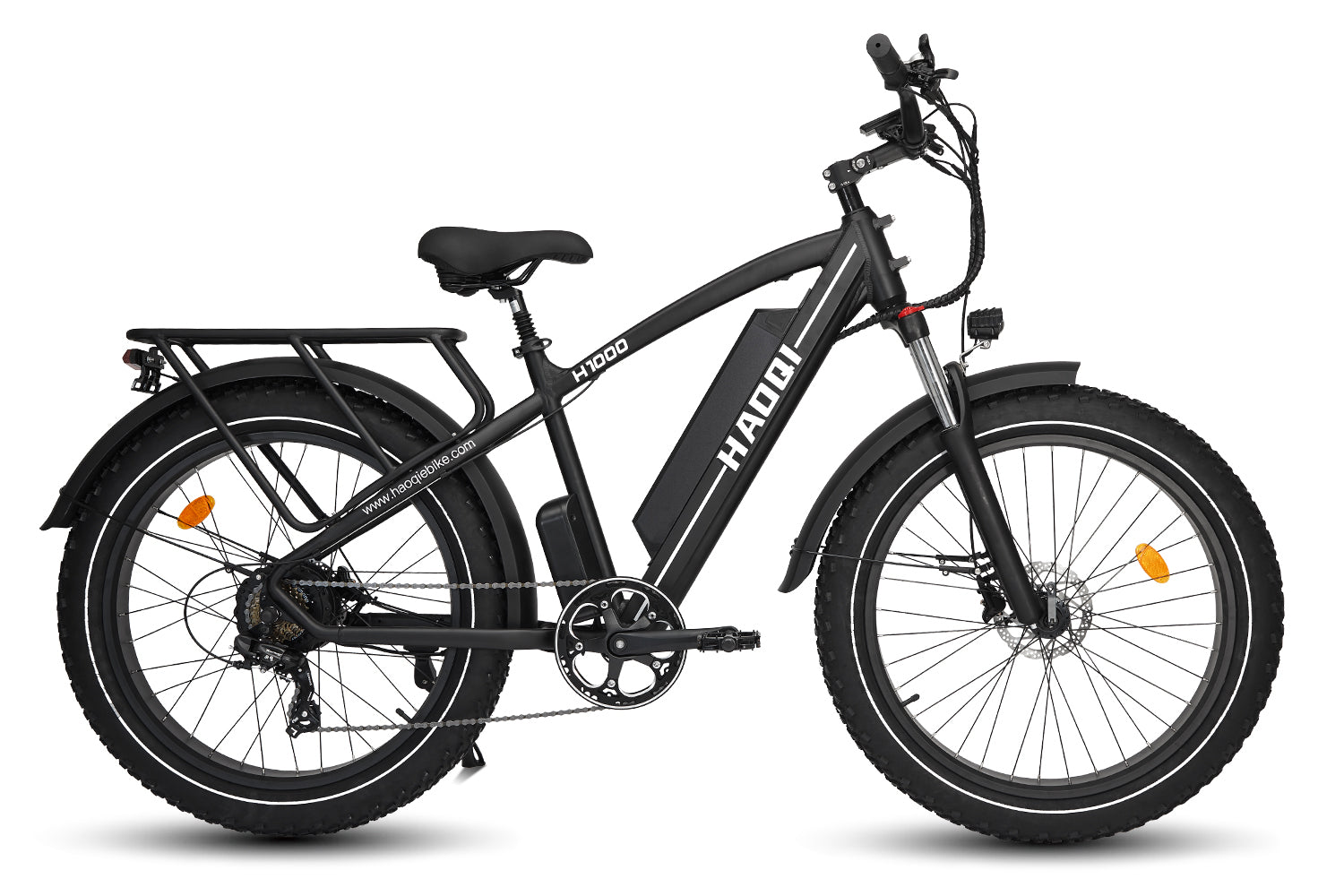
![HAOQI Antelope 500W Cargo Electric Bike (UL Certified) [electric bike] [HAOQI ebike]](http://haoqiebike.com/cdn/shop/products/haoqi-antelope-cargo-electric-bike-with-dual-battery-haoqiebike-com-1.jpg?v=1753954498&width=1500)
![HAOQI Squirrel Folding Electric Bike (UL Certified) [electric bike] [HAOQI ebike]](http://haoqiebike.com/cdn/shop/files/1_03c67b67-715e-4617-a648-51f108ceb425.jpg?v=1766473332&width=1500)
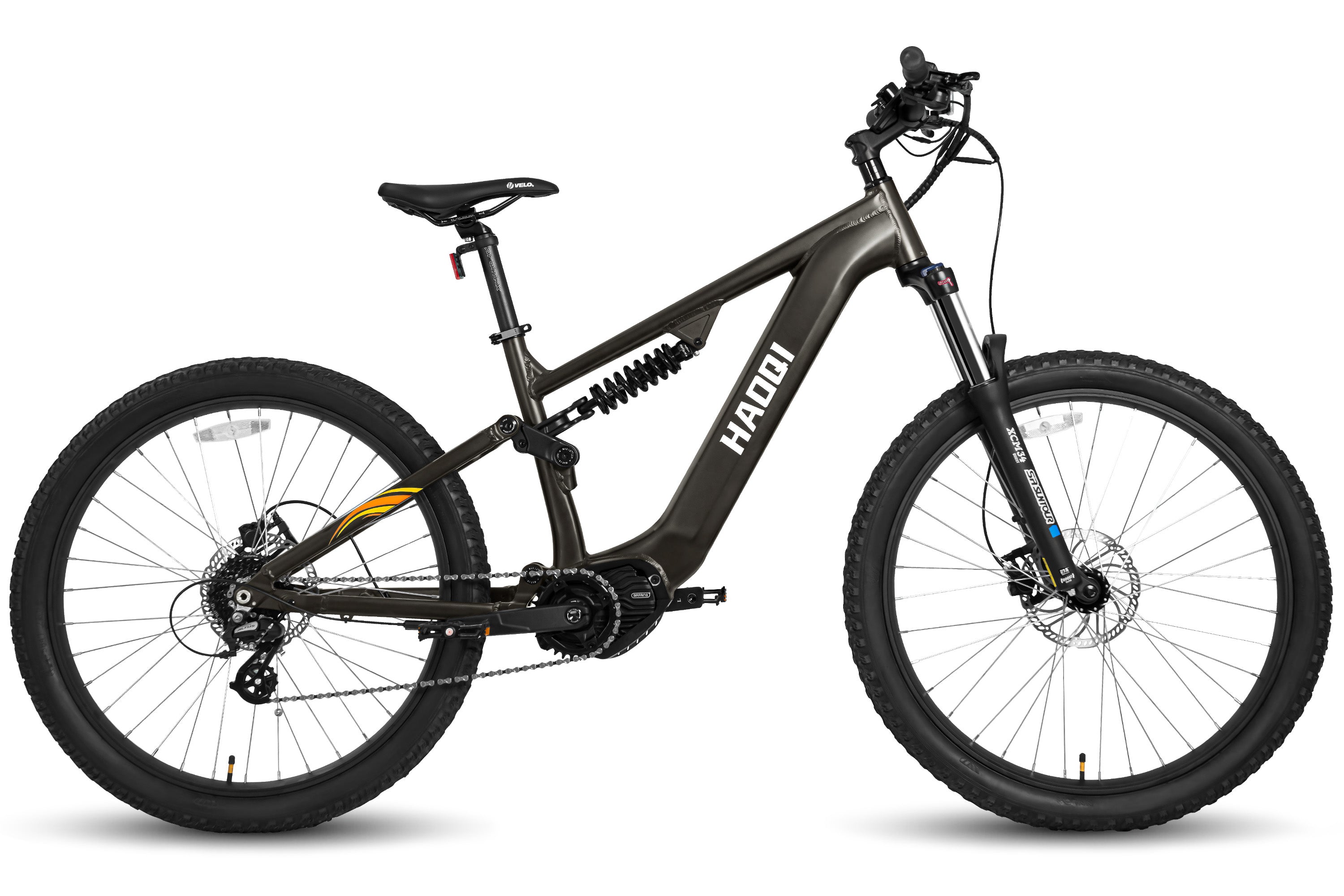
![HAOQI Eagle Long Range Electric Bicycle (UL Certified) [electric bike] [HAOQI ebike]](http://haoqiebike.com/cdn/shop/files/2_bf7ae46b-aad6-472a-9c14-d56ca3f0feb6.jpg?v=1755142722&width=1500)
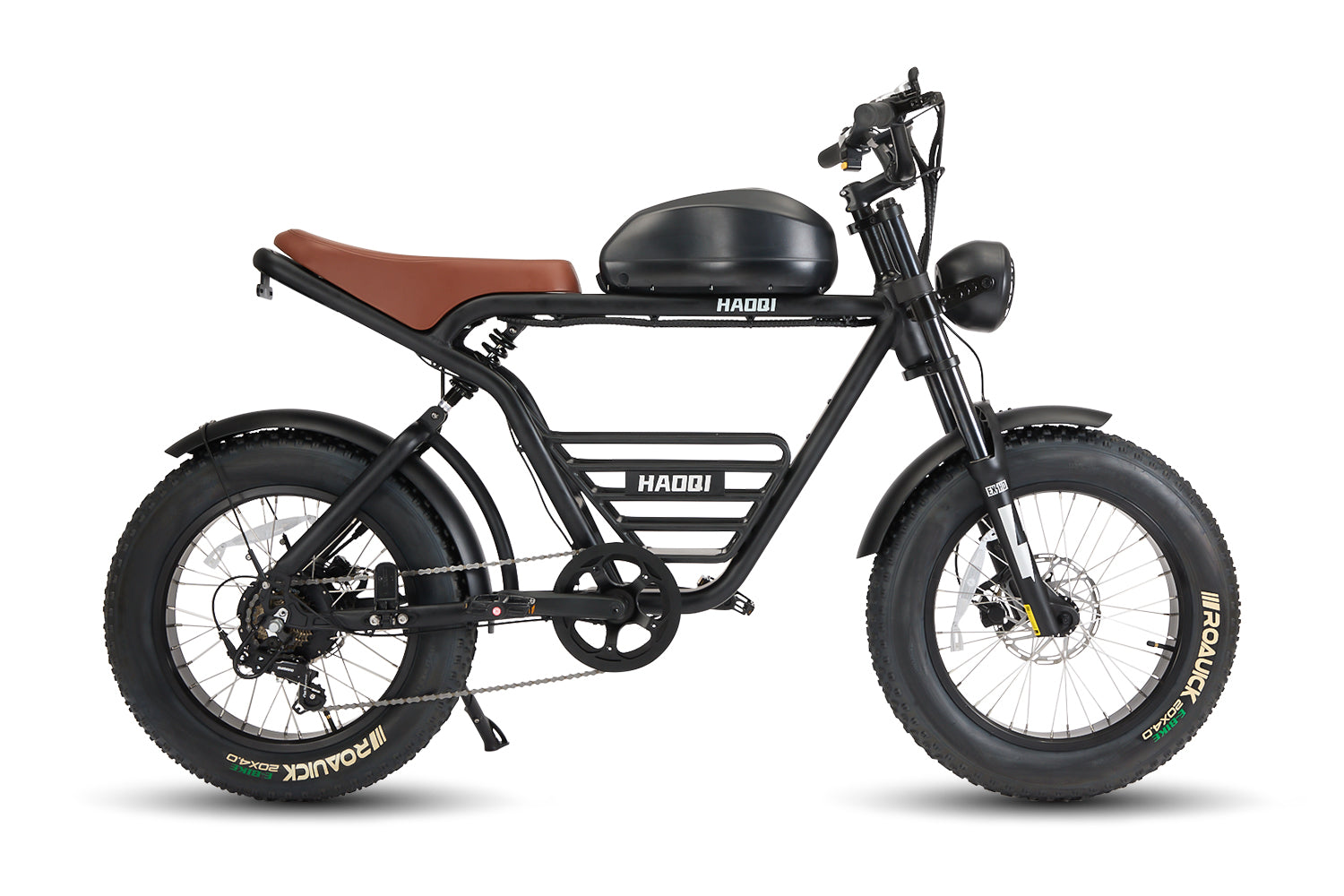
![HAOQI Antelope Pro 750W Cargo Electric Bike (UL Certified) [electric bike] [HAOQI ebike]](http://haoqiebike.com/cdn/shop/products/haoqi-antelope-pro-cargo-electric-bike-with-dual-battery-750w-haoqiebike-com-1.jpg?v=1751610204&width=1500)


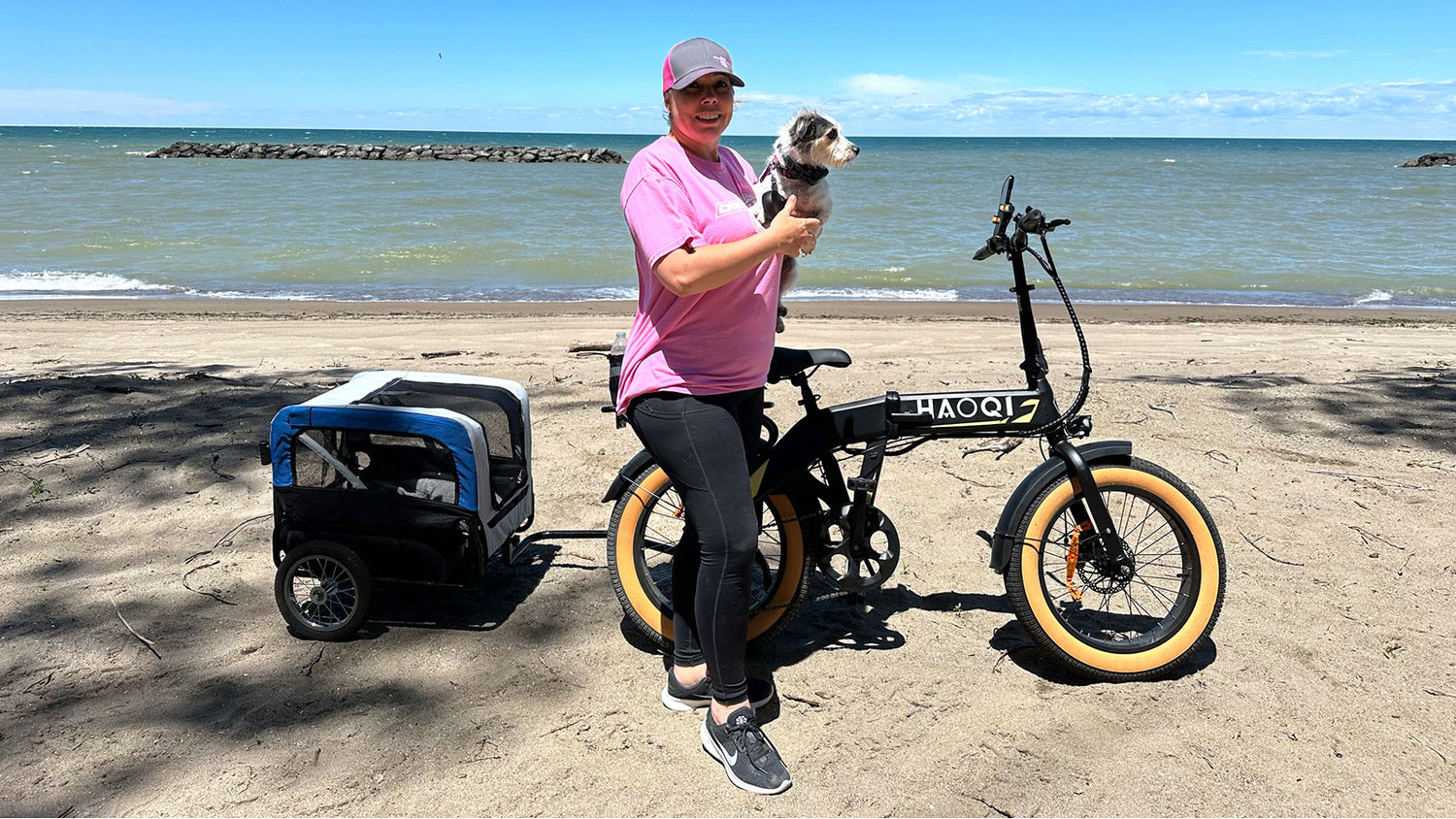
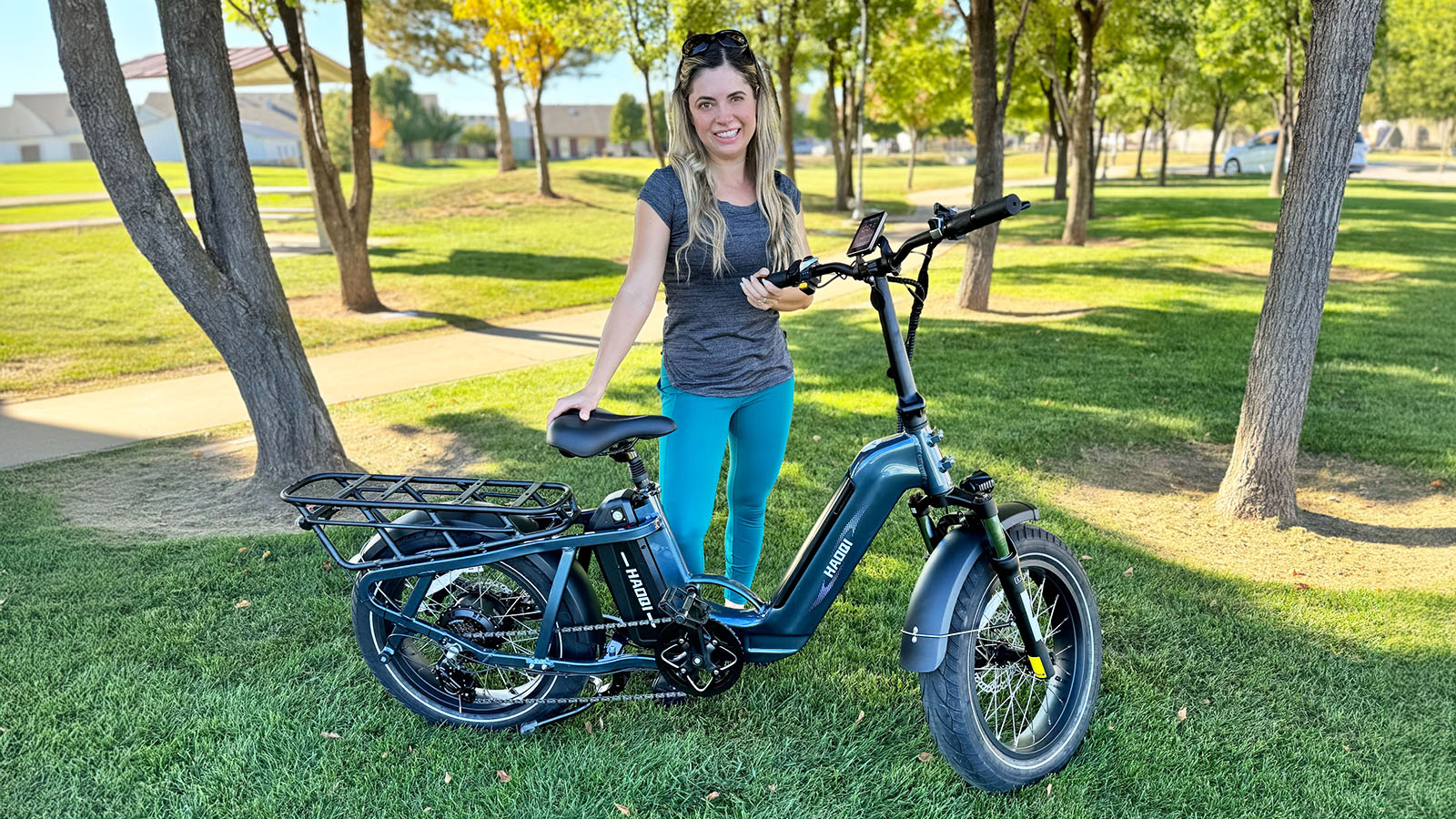
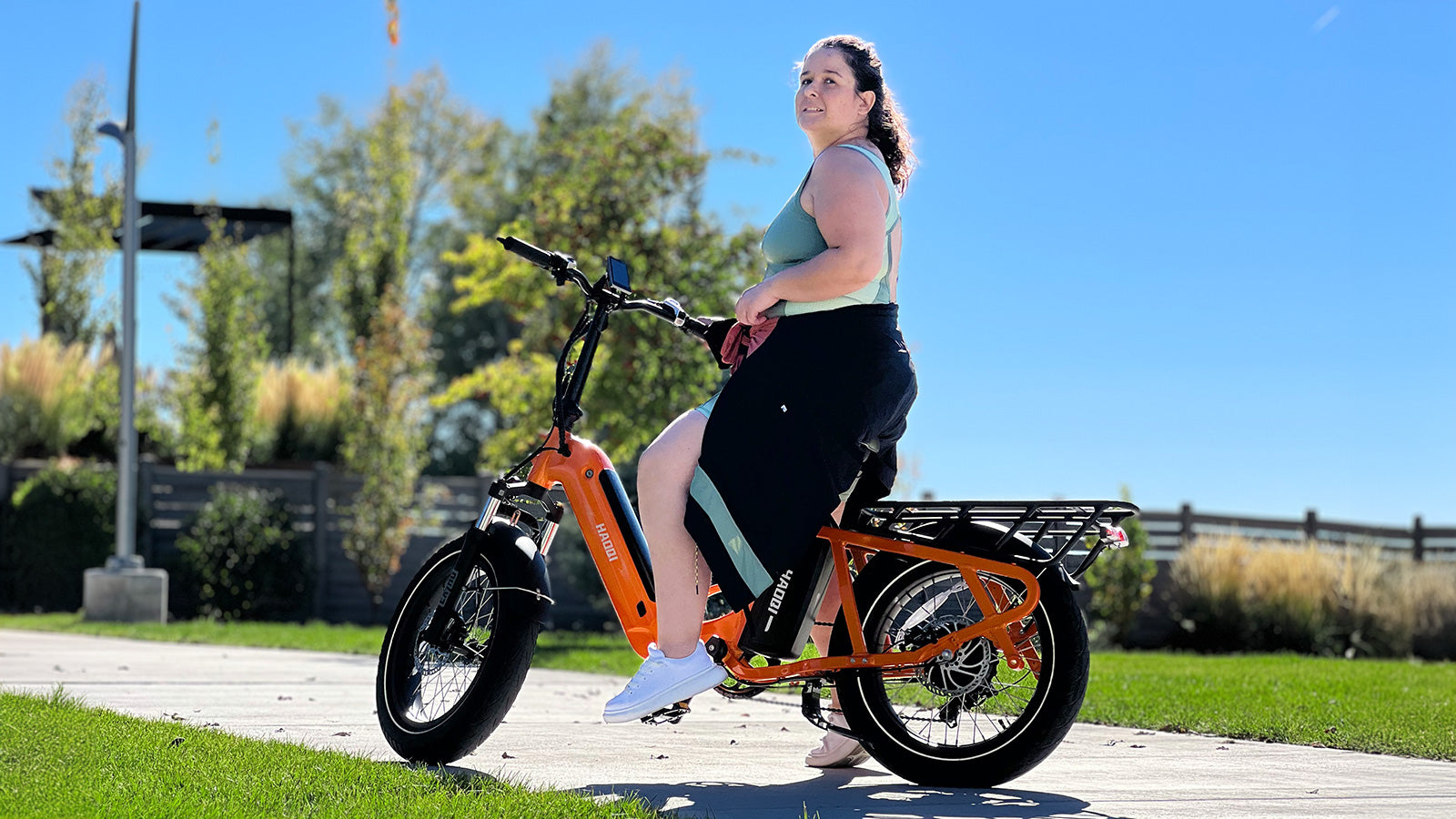




Leave a comment
All comments are moderated before being published.
This site is protected by hCaptcha and the hCaptcha Privacy Policy and Terms of Service apply.